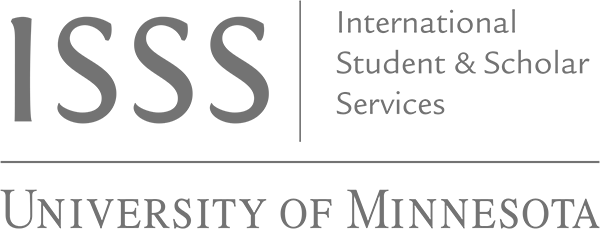Academic standards and practices are influenced by culture. What is considered appropriate academic behavior in your home country might be different from what is appropriate in the United States and at the University of Minnesota. Therefore, it is important that you understand U.S. standards and practices.
The University of Minnesota’s standards for academic integrity are explained in the Student Conduct Code. Not meeting these standards can result in charges of scholastic dishonesty, sanctions, and possible expulsion from the University.
The U.S. definition of scholastic dishonesty is based on the cultural values of individualism, fairness, the idea that individuals must think and work independently, and a strong value of original thinking, creativity, and invention.
In most schools in the United States, scholastic dishonesty is defined as any act violating the rights of another student in academic work, or involving misrepresentation of one’s own work. Scholastic dishonesty includes, but is not necessarily limited to:
- Cheating on assignments and examinations;
- Plagiarizing or representing as one’s own work any part of work done by another;
- Submitting the same work, or substantially similar works, to meet the requirements of more than one course without the approval and consent of all instructors concerned;
- Depriving another student of necessary course materials; or
- Interfering with another student’s work.
Exams and Cheating
It is common in many countries for students to study and work together to prepare for exams. This is often customary in the United States as well. However, once in the classroom, students must take their exams alone. Students cannot copy or discuss answers with each other during an exam. It is essential in the U.S. education system that each student be evaluated individually on their work. “Cheating” is defined as copying someone else’s work or taking prohibited information or tools to an exam.
Plagiarism
“Plagiarism” is defined as copying the work, words and/or ideas of someone else and not naming your source. In the United States, this will be considered an attempt by you to pass off the ideas or words of another person as your own. Plagiarism is one of the most serious violations of the standards of academic conduct in the United States and the UMN Student Conduct Code. It can ruin your academic career. Even if the violation was unintentional, the consequences can be extremely severe.
Of course, when you are writing a paper, you research many sources and present or summarize ideas from other people, including the work of other students. Discussing ideas for a paper with friends is okay, but it is not acceptable to hand in papers that are the same as your friends’ or to let someone else write your paper for you, even though the ideas are yours.
You must name your sources and identify when you are using their words and ideas by using these methods:
- Name your sources in the text
- Put quotation marks around words and sentences that you copy from someone else’s work
- Provide footnotes and endnotes (even when you are paraphrasing someone’s words)
- Include a list of references or a bibliography
What To Do To Avoid Scholastic Dishonesty
In order to avoid plagiarism or academic dishonesty in the United States, you should paraphrase, quote and cite:
- Paraphrase: Retell the same information from another source but uses different words or sentence structure and provides credit to the original source.
- Quote: A precise restatement of someone’s exact words using quotation marks and in-text citation that lists the original source.
- Cite: To write or say the words of another source, such as a book, author, or video, with a formal reference to the original source in the text of your document and in the reference list.
The Office for Community Standardshas recommendations for avoiding scholastic dishonesty on their website.
The Writing Consultants in the Student Writing Support office can meet with students one-on-one or through online chat to provide help with citing sources and avoiding plagiarism.
Additional Resources
To learn more about how to correctly list your sources and avoid plagiarism, review the following resources:
